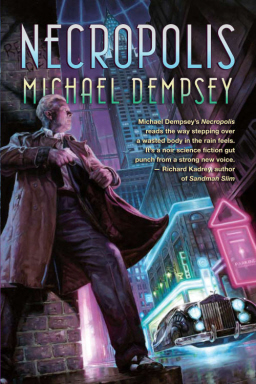Clockwork Angels I. Wonders in the World
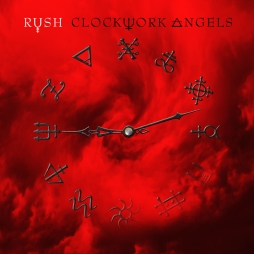 On June 12 the new album by veteran Canadian power-prog-rock trio Rush was released. I went out in pouring rain to buy a copy because I had to have it that day. In reading what follows (the first of three posts, with part two here, and part three here), understand that I’m a fan, and that this has been my favourite rock group for over two decades. But then there are few casual Rush fans: bassist and singer Geddy Lee’s said that he thinks of Rush as the biggest cult band in the world.
On June 12 the new album by veteran Canadian power-prog-rock trio Rush was released. I went out in pouring rain to buy a copy because I had to have it that day. In reading what follows (the first of three posts, with part two here, and part three here), understand that I’m a fan, and that this has been my favourite rock group for over two decades. But then there are few casual Rush fans: bassist and singer Geddy Lee’s said that he thinks of Rush as the biggest cult band in the world.
Clockwork Angels, the group’s 19th full-length studio release, is worth talking about here because it’s a picaresque steampunk concept album. It is, technically, the first concept album of the band’s career; they’ve written 20-minute songs before, and they’ve had albums that examined one theme through different angles (like Hold Your Fire, in which each song examined a different kind of emotion, or Roll the Bones, which looked at various aspects of chance), but never one that told a single story as they do here. Drummer and lyricist Neil Peart has spoken about how he wanted this album to represent his highest achievement as a writer and musician; he set himself a considerable challenge, and I think pulled it off. The record eschews narration and plot-oriented lyrics, instead including brief sections of narrative prose in the album booklet while the songs present emotional high points and sometimes move the plot forward. It’s oddly like listening to the songs from a musical, with an accompanying plot synopsis. A full treatment of the story will be coming in September, with the publication of a novelisation of the album by Kevin J. Anderson.

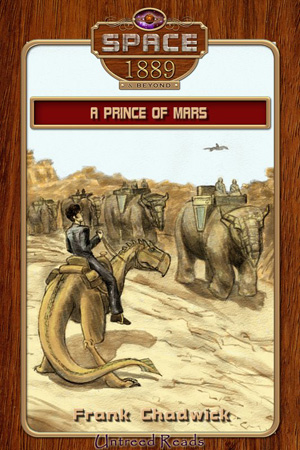 A Prince of Mars
A Prince of Mars 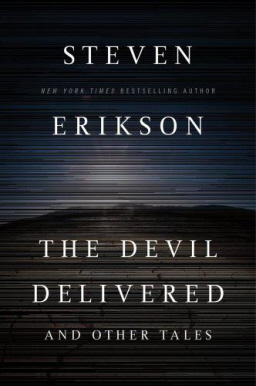
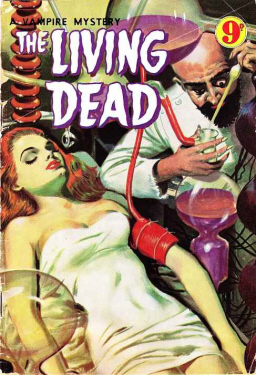
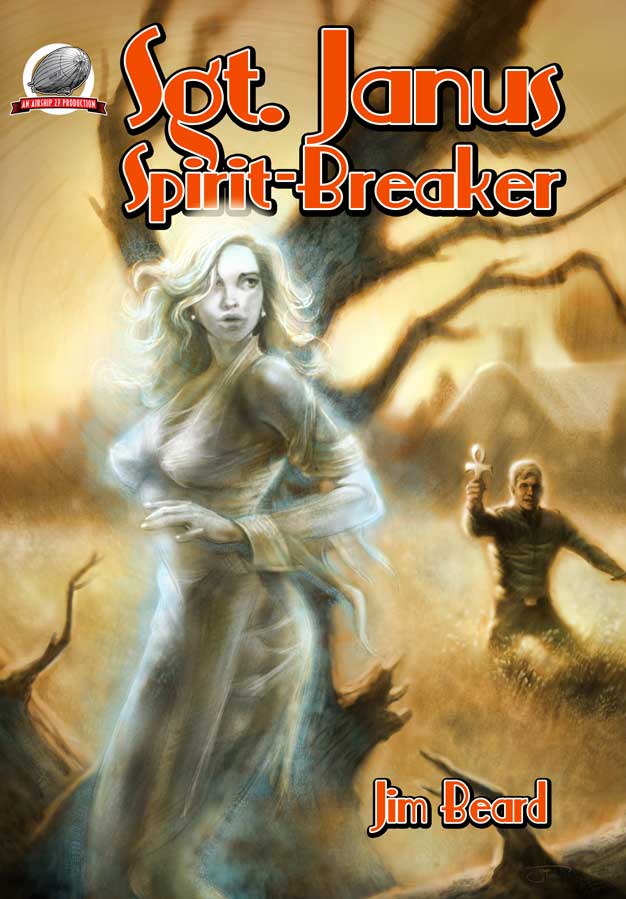
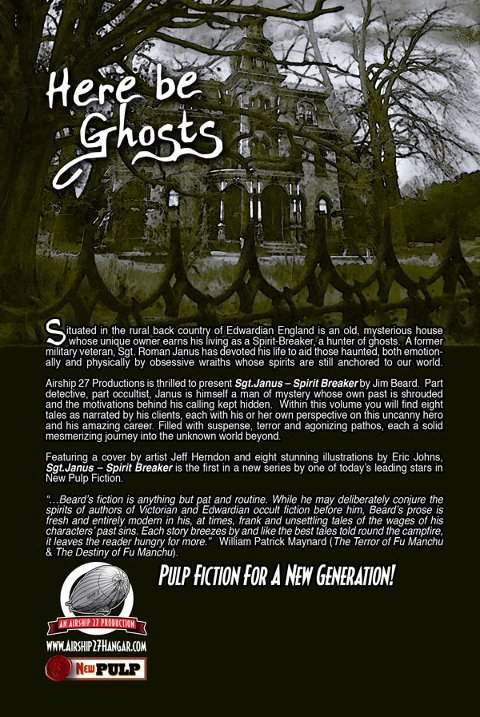
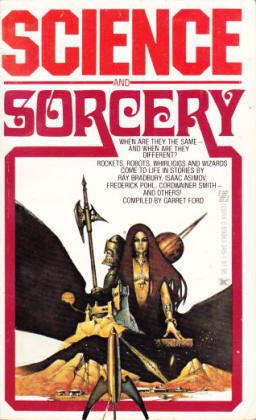
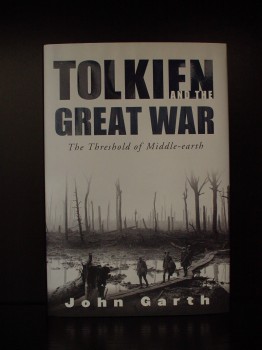 As a subscriber to the Mythsoc listserv, I was very grateful to find a link from Michael Martinez — proprietor of the fine Middle-earth.xenite.org website — to a recent interview conducted with J.R.R. Tolkien scholar, John Garth, author of Tolkien and the Great War: The Threshold of Middle-earth (Houghton Mifflin Company, 2003). It’s a fascinating read and worth checking out;
As a subscriber to the Mythsoc listserv, I was very grateful to find a link from Michael Martinez — proprietor of the fine Middle-earth.xenite.org website — to a recent interview conducted with J.R.R. Tolkien scholar, John Garth, author of Tolkien and the Great War: The Threshold of Middle-earth (Houghton Mifflin Company, 2003). It’s a fascinating read and worth checking out; 